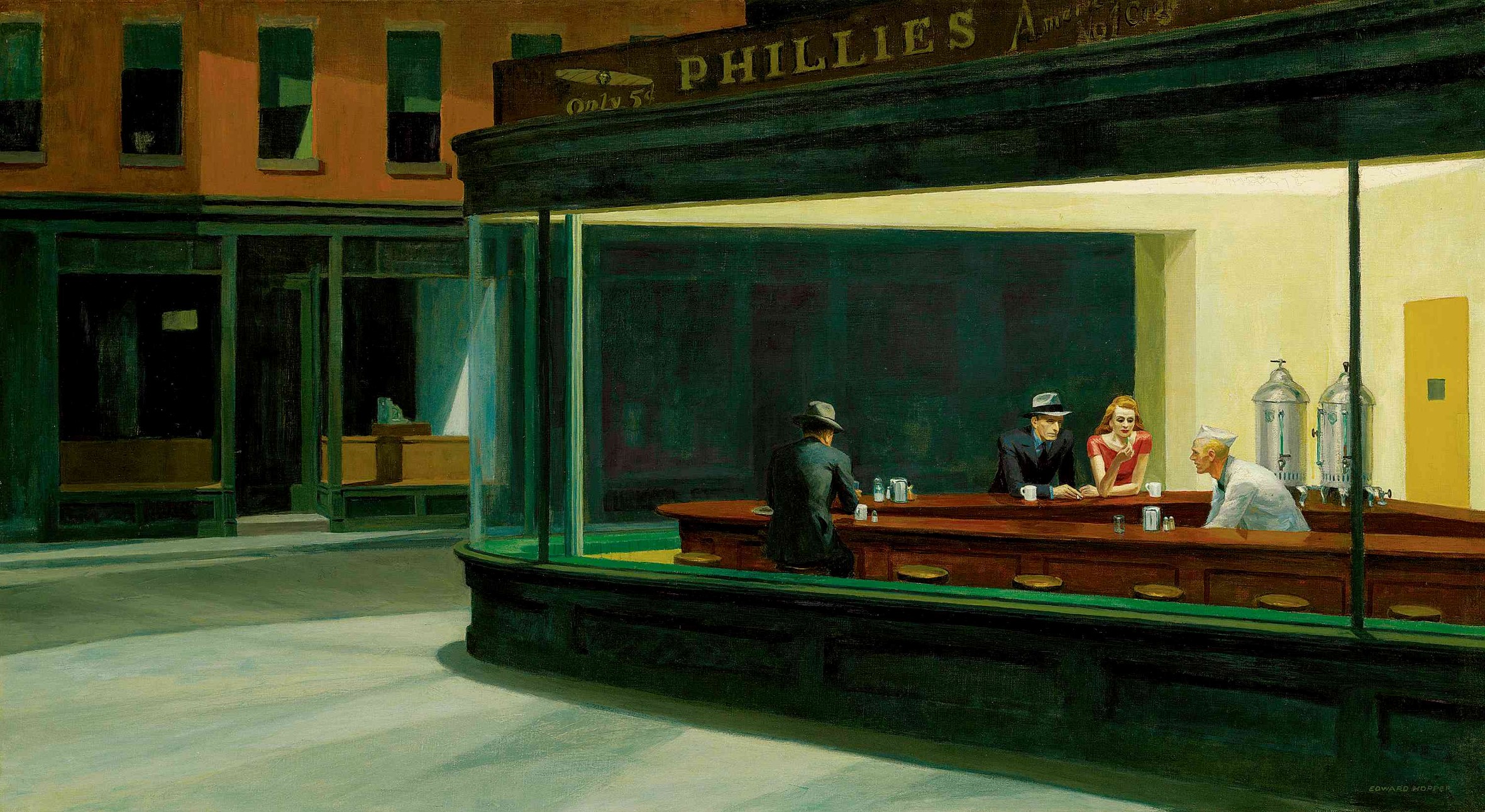Italian mozzarella and the paradox of globalization
 Tuesday, July 6, 2010 at 02:07PM
Tuesday, July 6, 2010 at 02:07PM As a rule, I don't get too worked up about the provenance of my food. When it comes to what I eat, I care far more about what it is than where it is from -- a lesson I took from Mark Bittman. More often than not, I find that the desire to fetishize the origins of food and drink is either a form of disguised protectionism (as in the case of Champagne and Scotch), or disguised status-seeking (in the case of the locavore craze).
But there are cases where these come together in the best way possible: when the protectionism is aimed at ensuring safety, and the status at work is about actual product quality (as opposed to the magical-thinking benefits of organic, or the misguided environmental benefits claimed for local food). As a case in point, we have the Italian farmers who gathered at the Austrian border today to protest a mozzarella import that is about authentically Italian as Chef-Boy-R-Dee.
The cheese is sold under the Italian-sounding names Fattorie Torresina, Lovilio and Monteverdi, but it is made in Germany. And thanks to a bacterial contamination, it turns blue when taken out of the packaging. In response, the Italian agriculture minister, Giancarlo Galan, has introduced legislation requiring milk producers to give more details about the provenance of their milk.
Can you imagine this sort of protest happening in Canada or the United States? Certainly not over mozzarella, and probably not over most of what is sold in North American grocery stores. That is because price, rather than quality, tends to be the dominant factor when making a purchase decision. But more than that, it is because we simply don't have the sort of food traditions here that would lead comsumers or farmers to get this worked up over substandard product.
It is an example of what Tyler Cowen, in his excellent book Creative Destruction, refers to as "deep" cultural investigation. Broadly speaking, people tend to be either cultural grazers or cultural obsessives, either trying out all sorts of styles and sounds and looks and tastes, or becoming deep connoisseurs of a narrow range of cultural goods.The mix-and-mash nature of internet culture encourages cultural grazing over more deep investigation, and what sustains many cultural forms as living projects is that there is a relatively small group of people who have enough knowledge, and care enough, to hold the producers to account for their standards. Think of the French and croissants, or Americans and jazz. Or in this case, Italians and mozzarella.
And so it stands as a cautionary and paradoxical tale about the otherwise wondrous nature of cosmopolitanism: for many of us, we get to appreciate the benefits of globalization precisely because a small and unhappy few refuse to submit to it.
 food,
food,  globalization,
globalization,  italians
italians 
